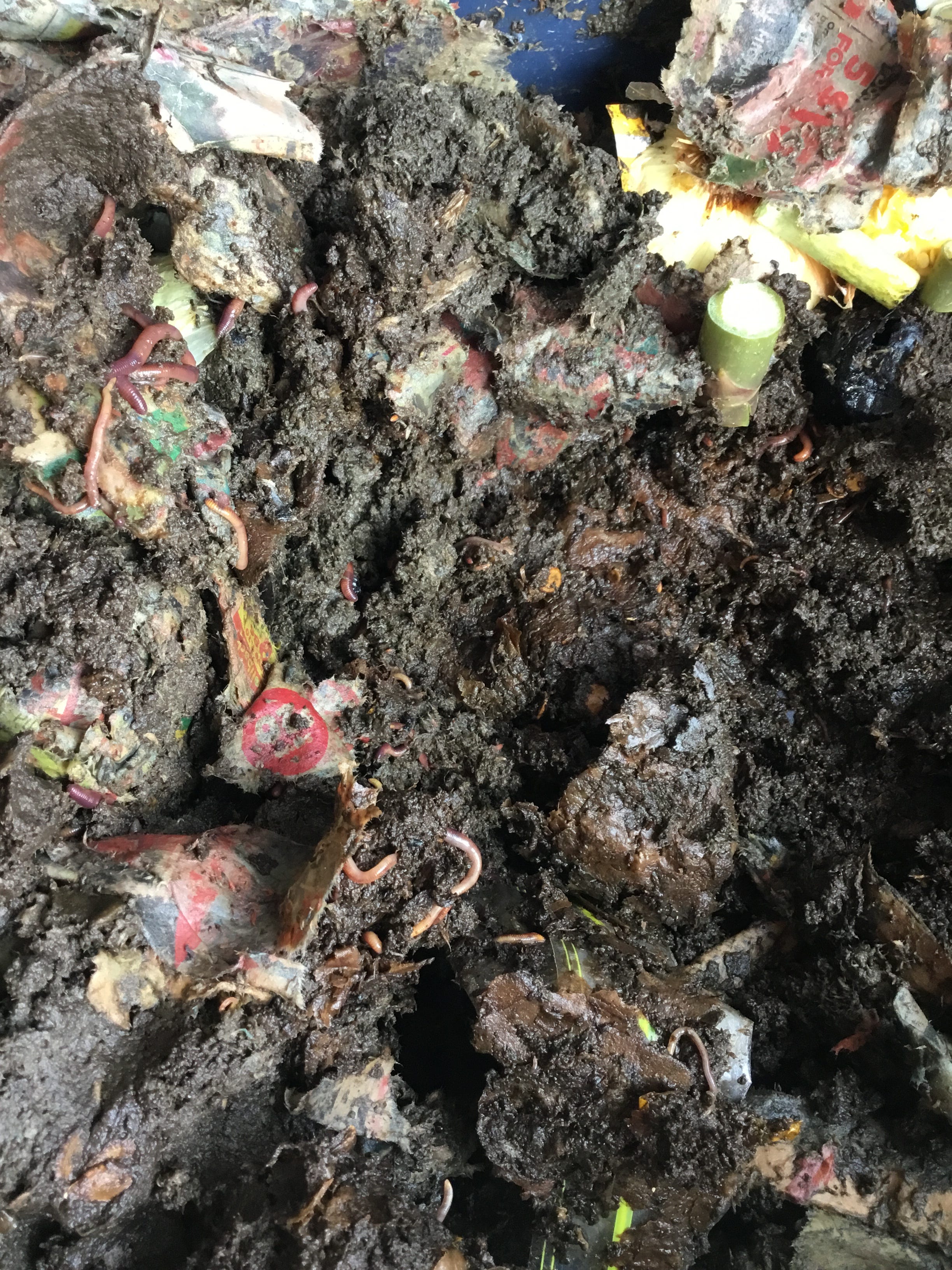Vermicompostingteach To Be Happy


Fun fact: Food scraps, junk mail and paper products make-up about 30 percent of garbage. Okay, actual fun fact: There’s an easy, and what some may even describe as fun, solution.
Worm composting, also known as vermicomposting, is a simple way to reduce household garbage, and it’s possible to do whether you live in a tiny apartment or a large house! By layering your food scraps with dry materials like scrap paper and cardboard and adding the magic ingredient – worms – you can convert it into compost gold, while reducing your reliance on the landfills that are quickly filling up.
How to Compost with Worms
See full list on webmd.com. Improves plant vigor – like any type of compost, if it is added to soil deficient of nutrients it will help plants grow. But if it is added to healthy soil that has a good organic content, it might actually make soil toxic to plants because of nutrient overloading. They were happy to work with their new chipper shredder, bought with donated money. The Woodland garden is in need of leaf compost. Compost is one of the best things you can do for your soil and because the Woodland garden is dry shade, using leaf mulch seems to be a much better idea. In a nutshell: Avoid “the works of the flesh,” and cultivate “the fruitage of God’s spirit.” To be happy, one needs to yearn to have a close relationship with God. A person who strives to attain this will fit Jesus’ description of a happy person. Therefore, do not mistakenly conclude that happiness is beyond your reach.

All worms are not created equal. For vermicomposting, you need red wiggler or red earthworms (probably familiar to you if you fish). Your worms have one mission in life: to eat your food scraps and cast (i.e., poop) it into super rich soil. Not a bad life’s purpose. There are other organisms in there too that help break down your garbage. But the worms, and their health, are the number one priority. (See the links below for where to order worms.)
Vermicomposting Worm Bin Setup


Most DIY worm bins are made from large plastic storage bins with lids. (The size should equal about one cubic foot per person in the household.) Long and wide is better than a tall and narrow bin. Use a drill, or a hammer and nail to poke plenty of air holes in the lid top. Some organizations sell ready-made worm bins with large holes drilled in the sides and screens inserted for ample air circulation (but no worm escapees).
Vermicompostingteach To Be Happy Hour
Add moistened, shredded paper (uncoated newspaper is ideal), chopped food scraps and worms (about a one pound of worms should be a good amount for most bins) to the bin, and cover it with the bin lid. About once a week, or every other week, move the material in the bin around to help with aeration. Always keep a layer of shredded paper or sawdust over the top of the pile to discourage smells and bugs. Once you stop adding new material the compost should be ready to harvest in one to two months (depending on how much is added in the last feeding).
